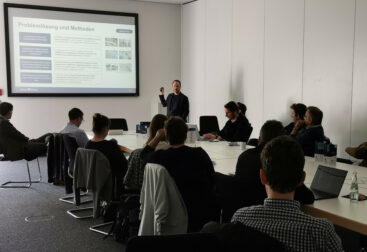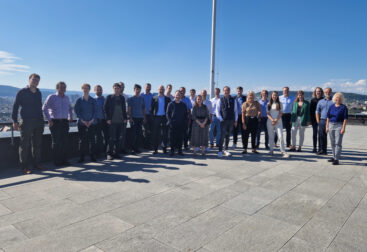Hardware restrictions are one of the greatest influencing factors on the performance of artificial intelligence on the edge. To leverage the possibilities of AI for traffic detection, it is crucial to optimize the neural network architecture. At NovelSense we are using neural networks (NN) for the identification and classification of vehicles and other traffic participants.
This computation is done on a small low-power device which can be used for retrofitting smart cities. It is used to enable traffic counting and other mobility related use-cases which require classification and tracking of vehicles.
The main issues of our current setup are connected to latency, power consumption and accuracy (of classification and tracking). The SDIL project “NeuralArchSearch” aimed to optimize our current NN architecture. During the project we were able to achieve a significant reduction of latency while maintaining accuracy of a deployable architecture modification.
In the following video, Dr. Markus Scholz (Co-Founder and Principle Engineer at NovelSense) explains the basic contents and findings of the project.
Presentation of project results for SDIL project “NeuralArchSearch”



